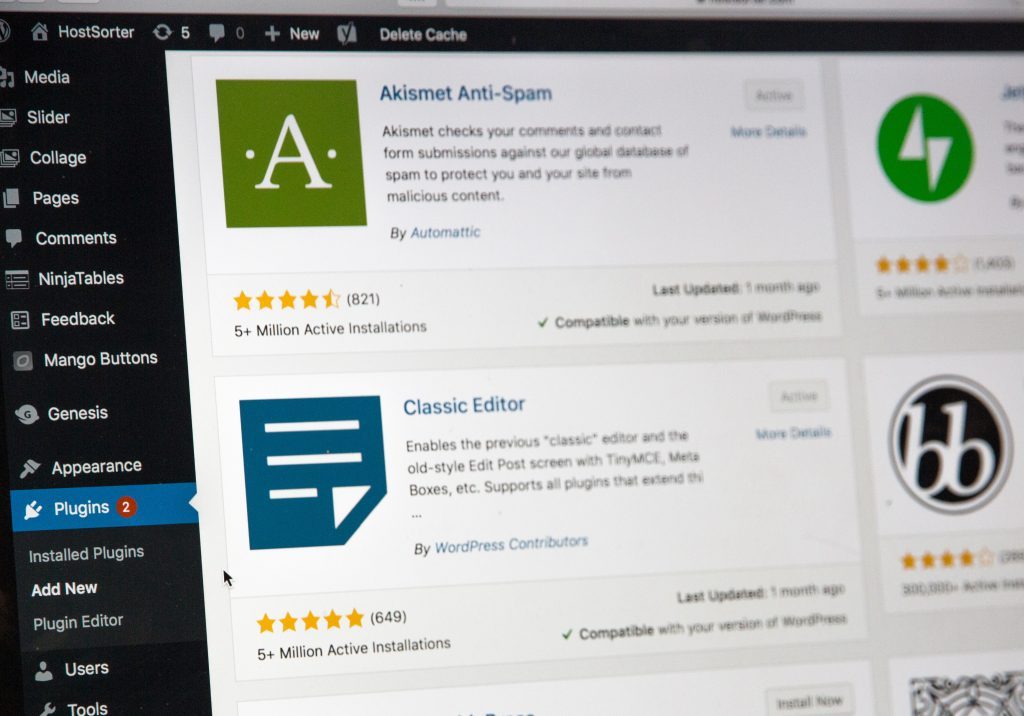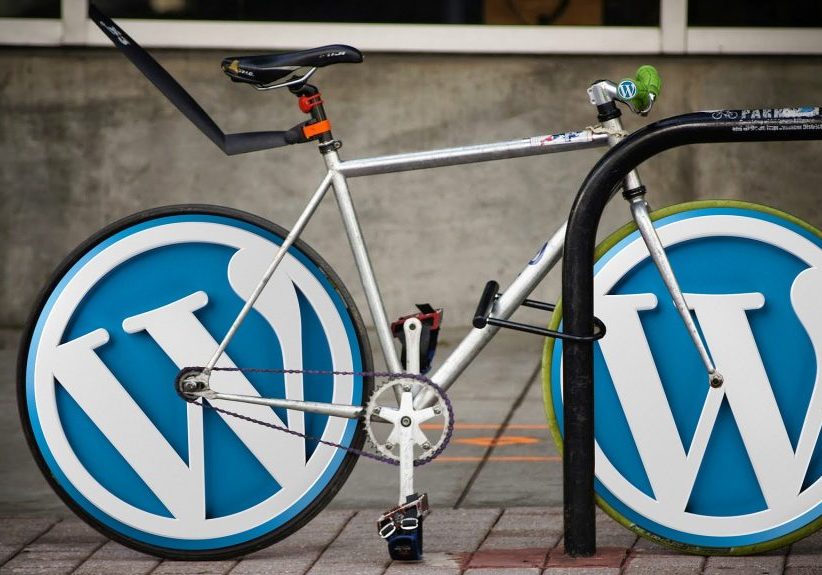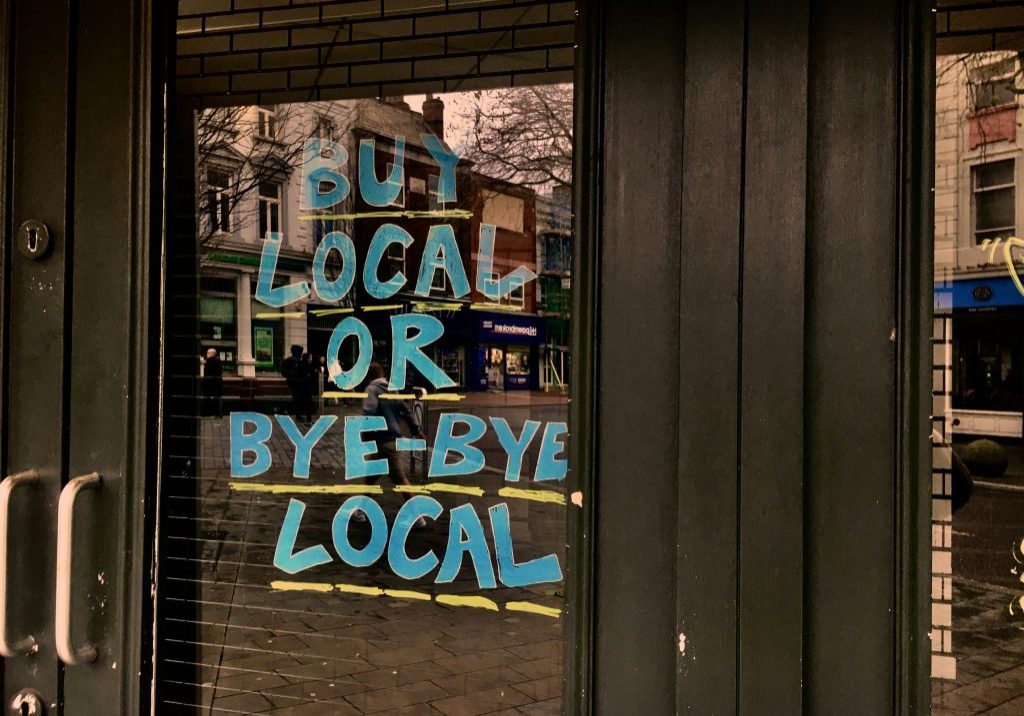Struggling to be found locally on Google? Here’s some simple tips to boost your local SEO…
These days, Local SEO is rapidly becoming the go to strategy for building business online, as people recognise the importance of connecting with local customers and adapting to how users search.
Whilst there are a lot of similarities with ‘normal’ organic search, Local SEO really is a beast in it’s own right, with it’s own techniques and tasks. Don’t worry, we’ve got you covered.
Check out our simple ‘to do’s’ and kick start your local rankings…
But first, the plug: Check out our services, we provide Local SEO in Sheffield and save yourself the hassle.
Structure Your NAP
Your NAP (or; Name, Address and Phone Number) need to be consistent throughout your site and anywhere else online to make things easy for Google.
Check your NAP onsite and make sure it’s a match everywhere it’s listed.
Add Your NAP to the Footer
Adding your business details to your footer is good practice, especially if you’re looking for Google to index your business.
Add Some Structured Data
Using structured data, especially on your NAP can help with crawling and improve your local SEO no end.
Consider adding your business details in a ‘local listing’ format to the footer of your site.
Pay Attention To Your Contact Details
Working from multiple locations? Make sure you include a ‘Contact Us’ page (ideally accessible from your Main Nav) which covers all your business locations, in full.
Set Clear URLs
Make sure your URLs are nice and clean, with a solid, logical structure, so they’re more easy to crawl. Using WordPress, you can set the structure of your URLs pretty easily using:
Dashboard> Setting> Permalinks
Redirect Out Of Date URL’s
If you’ve got a load of website dead ends, you’ll fall foul of Google, as well as creating a pretty poor experience for your website users.
Add 301 redirects on your old URLs so that search engines can find their way around quickly and easily, without penalty.
Set Up Your Menu
Your main menu, or ‘main nav’ should be 100% ‘indexable’. Check the pages attached to your menu and make sure they’re all set to index.
By default, WordPress pages are set to index, which is great. We recommend using Yoast, a brilliant SEO plugin which offers quick and easy changing of individual pages, including setting no-index and canonical URLs.
Optimise Your Page Title
Your page title contributes to keyword ranking. Make sure you keep page titles clear and accurate, with your chosen keywords in mind. SEO plugins (including our favourite; Yoast) give you the flexibility to update your page title on an individual basis, so you can stand out on Search Engine Results Pages (SERPs).
Optimise Your Images
Make sure your images aren’t massive, otherwise you’ll have slow loading times; which can be penalised by Google, not to mention giving users a torrid experience.
We recommend using Smush, a free plugin that will crawl your site and compress any oversized images, you can even set it to ‘Auto Smush’ any time you upload a new image.
Don’t forget to add some Alt-Tags to your images! Using WordPress’ media section, you can update the Alt-Tags on each image, something which helps Google and Bing rank your site.
TIP: Don’t try any sneaky tactics with your Image Alt-Tags! Keep your descriptions accurate and search engines will do the rest.
Complete Your Site Map
An XML Sitemap essentially maps out the structure of your site, giving a text based ‘road map’ of each page and how everything fits together.
Using Yoast or Rank Math will create an automatic sitemap for you. Don’t forget to submit your sitemap to Google Search Console to speed the whole thing up!
Register With Google My Business
Google My Business (GMB) is a free tool from Google which allows you to manage your online business listing. Registering with Google My Business is a must, especially if you want to compete on Local SEO and show in Google’s Map Pack.
Registering is simple, simply add your business name, address and phone number, along with your website URL and other information, such as services and opening hours. You’ll need a GMail account to get started.
If you’re adding a physical address, make sure you have access to the property! Google requires verification (usually via a postcard and pin number) before they’ll set your listing live.
Update Your GMB Peripherals
It may be tempting to ignore the peripheral information on your Google My Business listing, but it pays to go that extra mile! Update extra fields on your listing such as Business Description and Photos and you’ll stand out from the competition in local SERPs.
Add Google Search Console
Google Search Console (GSC) is one of our favourite tools, helping your site communicate with Google more quickly and easily.
Register your website with GSC, free and you’ll be able to tick off plenty of SEO boosting tasks, such as adding your XML Sitemap, requesting page indexing and disavowing harmful links. Perhaps our favourite part, you can get a real time insight into the keywords, impressions and position your site ranks on a day to day basis.
Add Google Analytics
Analytics should be your go-to tool for user insights. Integrating Analytics onto your site will offer up vital information such as traffic volumes, bounce rates and channel performance.
Google Analytics (GA) requires code added to your <head> (tricky business for some, which can cause major issues if not done properly), but you could use a header plugin such as Insert Headers & Footers if you’re a little nervous.
Google have also developed their very own plugin; SiteKit By Google, which ties in a fair few of their free tools, well worth checking out.
Create Your Core Business Listings
Registering your business on core sites will help your site get a foothold in Local SEO.
Add your site to Yell, Yelp and other core business directories to indicate to search engines that you’re a bonafide business, with physical premises or servicing a specific location.
Update Your Local Citations
Don’t be content with your core directory listings! Updating your local citations, making sure you have consistent NAP throughout will help your Local SEO and push your business above those that haven’t done the extra work.
We’ve covered local citations before, pretty comprehensively, check out our Local Citations blog, written especially with Sheffield in mind.
Find Your Niche
Do some research into other forums and directories out there, especially niche ones which cover your services. Registering on these sites can really make the difference, especially if your competitors haven’t bothered!
Reach Out For Reviews
A steady stream of reviews, especially on your Google My Business listing will help your overall Local SEO rank. Frequent reviews signal to search engines that not only are you delivering first class service, but you’re doing consistent business.
Ask your customers for reviews at the end of every project where possible. If you’re looking for Google reviews, you can email a link to your customers which cuts a few steps out for them, making things a little easier. That said, changes to GMB mean your customers will also need a GMail account too.
TIP: Chatting with customers? Ask whether they use GMail, if they don’t consider asking for a review elsewhere, such as Yell or Facebook.
Add Some Local Content
We all know the importance of strong on page copy when it comes to organic rankings, but what about Local SEO? Consider developing a local content strategy and build up a solid base of local keywords that will help your overall rank.
We like to build effective landing pages, for each location, covering all services in one page. For example, we would have our regular site, as well as a ‘Digital Marketing Sheffield’ page to really pinpoint our local audience.
Did you know? Our Web Design In Sheffield doesn’t just cover entire sites? We can help build individual local pages too!
The Wrap Up
We get it, this is a pretty daunting list, but breaking things down, it should become clear that Local SEO isn’t the dark, mysterious subject you thought it was. All it takes is a little knowledge and a fair bit of time.
Our advice? Keep things regular. It may be tempting to go head first into our list, registering all your citations, blogging, updating pages and building reviews all in one day, but you will burn out. The most successful Local SEO strategies (and regular old SEO for that matter) are the slow and steady ones.
Build a new page here, gain a review there, check your directory listings, update your images every month and you’ll soon see local customers come flooding in.
If you’re serious about your Local SEO but don’t have the time, speak to us, we’ve helped businesses connect with new customers and fortify their revenue!
Oh, and don’t forget to give us a share! Using the buttons below.









